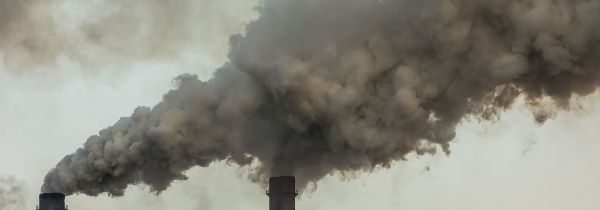The results show that the influence of ozone and sulfuric acid on soot ageing alters cloud formation and, ultimately, the climate.
Burning wood, petroleum products or other organic materials releases soot particles into the atmosphere that consist mainly of carbon. This soot is considered the second most important anthropogenic climate forcing agent after carbon dioxide. In the atmosphere or as deposits on snow and ice surfaces, soot particles absorb the short-wave radiation of the sun and thus contribute to global warming.
In the atmosphere, soot particles also have an indirect effect on the climate by altering the formation, development and properties of clouds. A research team led by Ulrike Lohmann, professor at the Institute for Atmosphere and Climate at ETH Zurich, has now for the first time investigated how two specific types of soot particles influence clouds and, in turn, the climate: on the one hand, soot aerosols that age due to ozone and, on the other, those that age due to sulfuric acid.
Continue reading at Swiss National Supercomputing Centre
Image via Swiss National Supercomputing Centre


